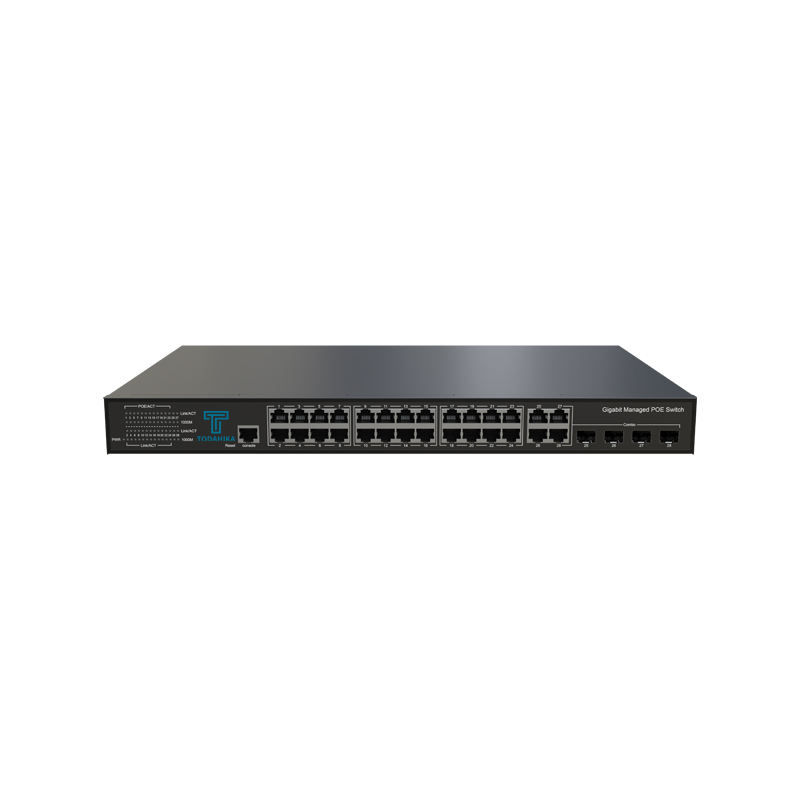Network switches are an essential part of modern IT infrastructure, serving as the backbone for communication between devices within the network. But like all hardware, network switches have a limited lifespan. Understanding the lifespan of a switch and the factors that affect its lifespan can help you make informed upgrade and replacement decisions.
The average lifespan of a network switch
On average, a well-maintained network switch can last between 5 and 10 years. However, the exact lifespan depends on factors such as usage, environmental conditions, and the rate of technological advancement. While the hardware itself may continue to function beyond this period, its ability to meet changing performance and security requirements may diminish.
Key factors affecting switch life
Equipment quality:
Enterprise-grade switches from reputable manufacturers focus on durability and high performance, and typically last longer than consumer-grade models.
Environmental conditions:
Dust, heat, and humidity can shorten the life of a switch. It is critical to place the switch in a well-ventilated, controlled environment.
Use level:
Switches in high-traffic networks or switches that operate 24/7 are likely to wear out faster than switches that are used intermittently.
Technological advancements:
As network demands increase, older switches may lack the speed, features, or compatibility to support new standards such as Gigabit Ethernet or PoE (Power over Ethernet).
maintain:
Regular firmware updates and preventive maintenance can significantly extend the life of your switch.
It’s time to replace your switch
Performance bottlenecks: Frequent slowdowns or connectivity issues may indicate that your switch is struggling to handle modern traffic loads.
Incompatibility: If the switch lacks support for newer devices, speeds, or protocols, an upgrade is required.
Frequent failures: Aging hardware may experience more frequent downtime or require repeated repairs.
Security risks: Older switches may no longer receive firmware updates, leaving your network vulnerable to cyber threats.
When to Upgrade Your Network Switches
Even if your switch still works fine, upgrading to a newer model can provide:
Faster speed: Support Gigabit and even 10 Gigabit Ethernet.
Enhanced features: VLAN, PoE, and Layer 3 capabilities for advanced network management.
Improved reliability: Modern switches are designed to handle higher workloads with better energy efficiency.
Maximize switch life
To get the most out of your network switch:
Store in a cool, dust-free environment.
Perform regular firmware updates.
Monitor its performance and resolve issues promptly.
Think of upgrades as part of your long-term network strategy.
By understanding the typical lifespan of a network switch and proactively planning for it, you can ensure your network remains reliable and able to meet your organization’s needs.
Post time: Dec-24-2024




